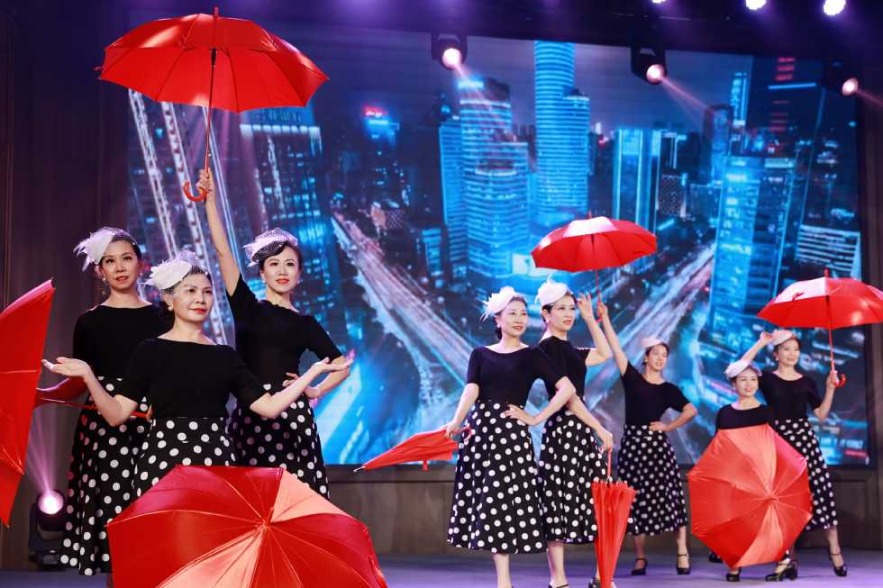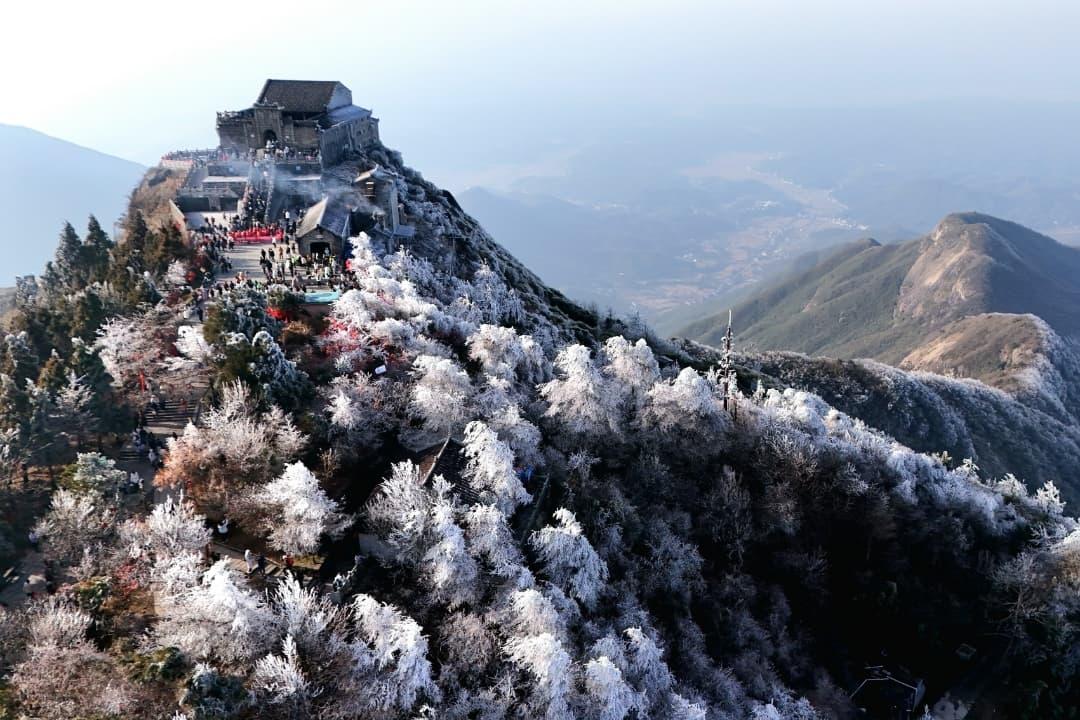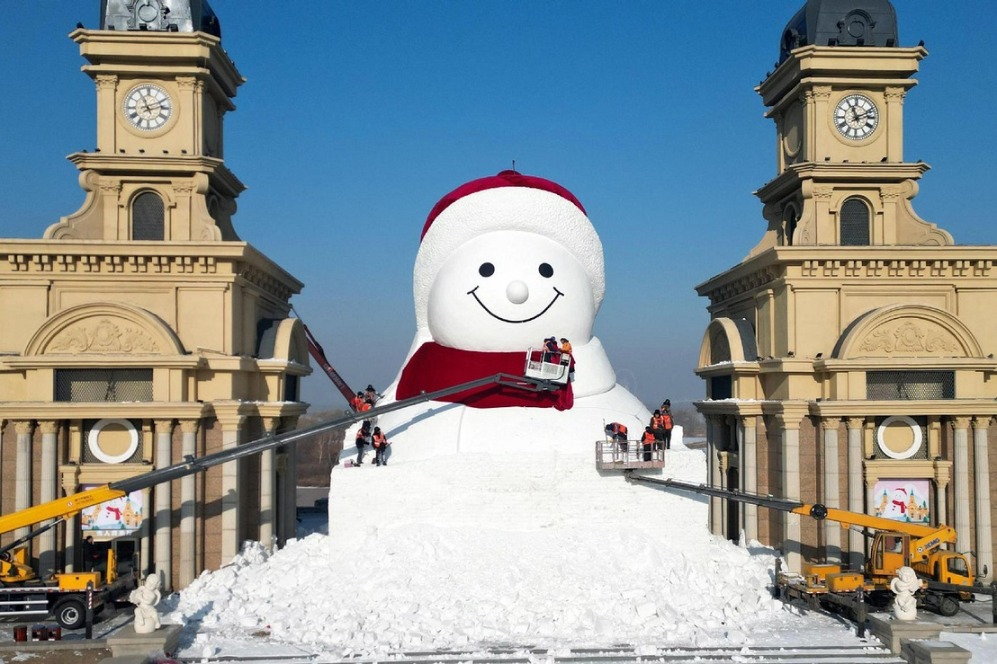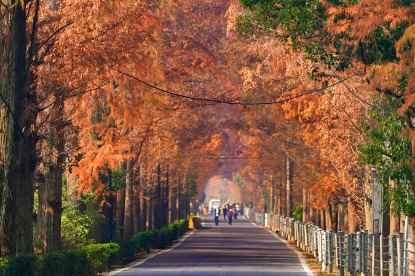Food for thought

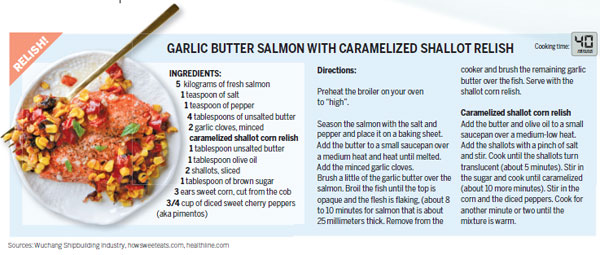
The chains were coiled and shipped to the location before being uncoiled and slipped into the water.
They could only be installed one at a time to ensure a balance of the tension between all four.
It was anticipated that installation of the chains would take about a week, but the process took almost a month as a result of a lack of experience in the assembly of large-scale equipment in deep offshore waters and disruption by summer typhoons.
Once the cage had been attached to the four anchor chains, the salmon were shipped from a breeding center in Rizhao and introduced into the cage. The entire process involved about 70 people.
The amount of food the fish eat fluctuates, partly because of changes in the temperature of the surrounding water. For example, the water temperature in the upper part of the cage recently reached about 24 C, which caused the fish to remain in the lower section. In response, the depth of the cage was adjusted to provide a temperature of between 10 C and 20 C.
Another reason for the fluctuation in feeding is the natural flow of ocean currents that result in groups of fish smaller than the mesh of the net swimming into the cage. Once inside, they become food for the salmon.
Eleven people are in charge of looking after the cage, including a number of divers who check the eating habits and health of the fish.
Chinese demand for salmon exceeds supply.
Wanzefeng Fishery Co has pledged to boost domestic production by introducing more fish to the cage in the future.

(China Daily 08/23/2018 page6)
- China willing to advance just and equitable global anti-corruption system
- Chongqing hosts Silver Age fashion model competition
- Hengshan Mountain glistens with iconic winter rime scenery
- Ningbo hospital staff disciplined following pediatric surgery death
- Mainland warns Taiwan leader against provoking conflict
- Former senior official of Shenzhen under investigation
















